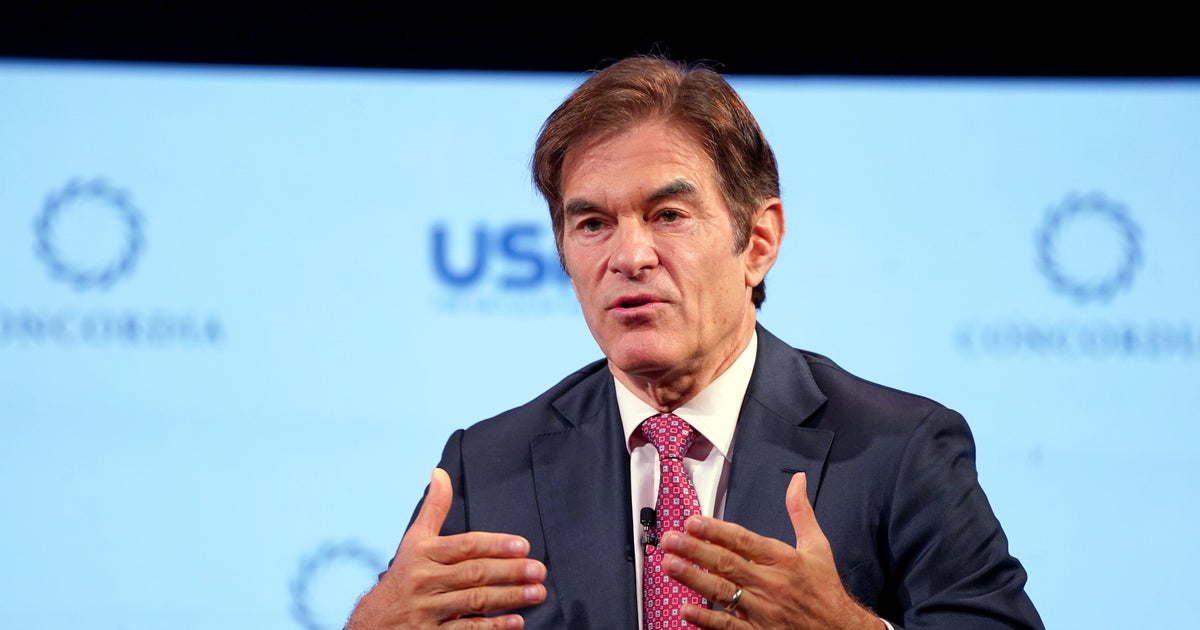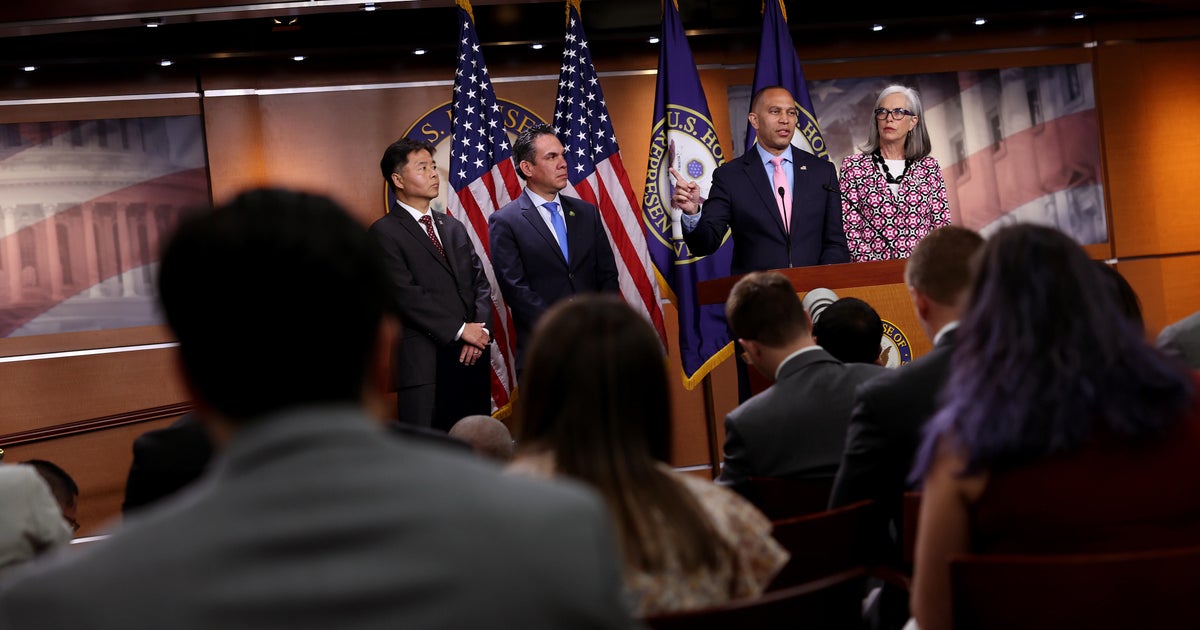Why Democrats are turning to child care as the next front in fixing the economy
Deshara Bishop works overnights at a warehouse. The 28-year-old single mom took the job to provide for her one- and six-year-old boys. She relies on family, friends and neighbors to be with them at her Raleigh, North Carolina, home while she works — but during the day, she can't afford child care.
Child care for just her younger son would cost more than $1,000 a month. This isn't unusual — in many states, child care for an infant costs more than in-state college tuition. And according to the Department of Health and Human Services, only one in seven eligible children receive subsidies to help pay for child care.
"Child care is both unaffordable and often inaccessible, and thus is really not serving many families," said Laura Dallas McSorley of the Center for American Progress. "For some families, this could be upwards of one-third of their income, when we know the actual affordable rate to spend on child care would be closer to 7%."
The progressive think tank found more than half of Americans —51%—live in so-called child care deserts that lack licensed child care options, and that number increases in rural communities.
When the pandemic struck, it exacerbated an already fragile situation.
Full-time healthcare worker Joan Morgan lives in Portland, Oregon with her husband, their four- and six-year-old children, and her father, who has end-stage lung cancer. Before the pandemic, the family struggled to find affordable child care. In March 2020, their daycare cut back — but with two frontline workers for parents, her children kept spots. The costs are skyrocketing, though. Last May, her pay was cut 18%.
"That's where things got complicated, and so that's when we started doing these weird switch-off weeks. I started working extra shifts, started going in on weekends, going in at night and it's just been a cluster of a year," she said of their effort to make ends meet.
In the last year, her daycare raised its prices by 17%. Her 4-year-old is now in preschool four days a week, and that cost is $1,900 a month.
"The business model for childcare is just fundamentally broken," said Linda Smith, director of the Early Childhood Development Initiative at the Bipartisan Policy Center, who previously worked on early childhood development issues at HHS. "What COVID exposed in the United States was just that, that the business model doesn't work."
Since the pandemic began, 2.3 million women have left the workforce entirely — with child care challenges likely playing a major role. As of July 2020, 35% of child care centers and 21% of family child care programs were closed nationwide, according to research and advocacy group Child Care Aware. More recent data shows 13% of child care centers and homes remain closed in a majority of states.
The pandemic may have forced a reckoning. This week, President Joe Biden unveiled his American Families Plan, which includes funding for child care and universal preschool. Ahead of Mr. Biden's address to a joint session of Congress Wednesday, multiple Democratic lawmakers have put forward their own proposals. Republican lawmakers have called for bipartisan solutions but have also blasted recent proposed measures to pay for new spending.
Lawmakers on both sides of the aisle have acknowledged during recent hearings that finding and paying for quality childcare is an issue for parents. But experts say the issue also affects the broader economy.
"If you are a policymaker that wants the economy to recover, wants to see economic growth, child care is an issue that you have to take seriously," said Sam Abbott, policy analyst for the nonprofit research organization, Washington Center for Equitable Growth.
A 2018 study found lack of access to child care for parents with children younger than three years of age cost the economy $57 billion in earnings, productivity and revenue a year. And earlier this year, Federal Reserve Chairman Jerome Powell suggested the country's child care policies may be holding the country back globally. The U.S. used to lead in women workforce participation and no longer does, he said, and "it may just be that those policies have put us behind."
"There's an enormous cost to our economy, to our economic growth when we're leaving players off the field," said Melissa Boteach of the National Women's Legal Center. "More broadly, this is a lifetime earnings and a lifetime economic security question."
A recent report by the center found expanding access to high-quality child care to everyone who needs it would increase the number of women with young children working full-time by about 17%. It would also boost the collective lifetime earnings of some 1.3 million women by a combined $130 billion.
Bishop doesn't know how long she'll be able to last working overnight shifts and finding people to watch her kids at home.
Morgan's 6-year-old son has moved up to kindergarten, which would ordinarily mean a drop in child care costs. But for now, he's still in distance learning and just in the classroom two days a week for two hours, so paying for child care is still a necessity. The pandemic, the pay cuts and the child care costs are crippling, she says.
"They like to say that there's these systems in place, but they're not solutions for working families."



